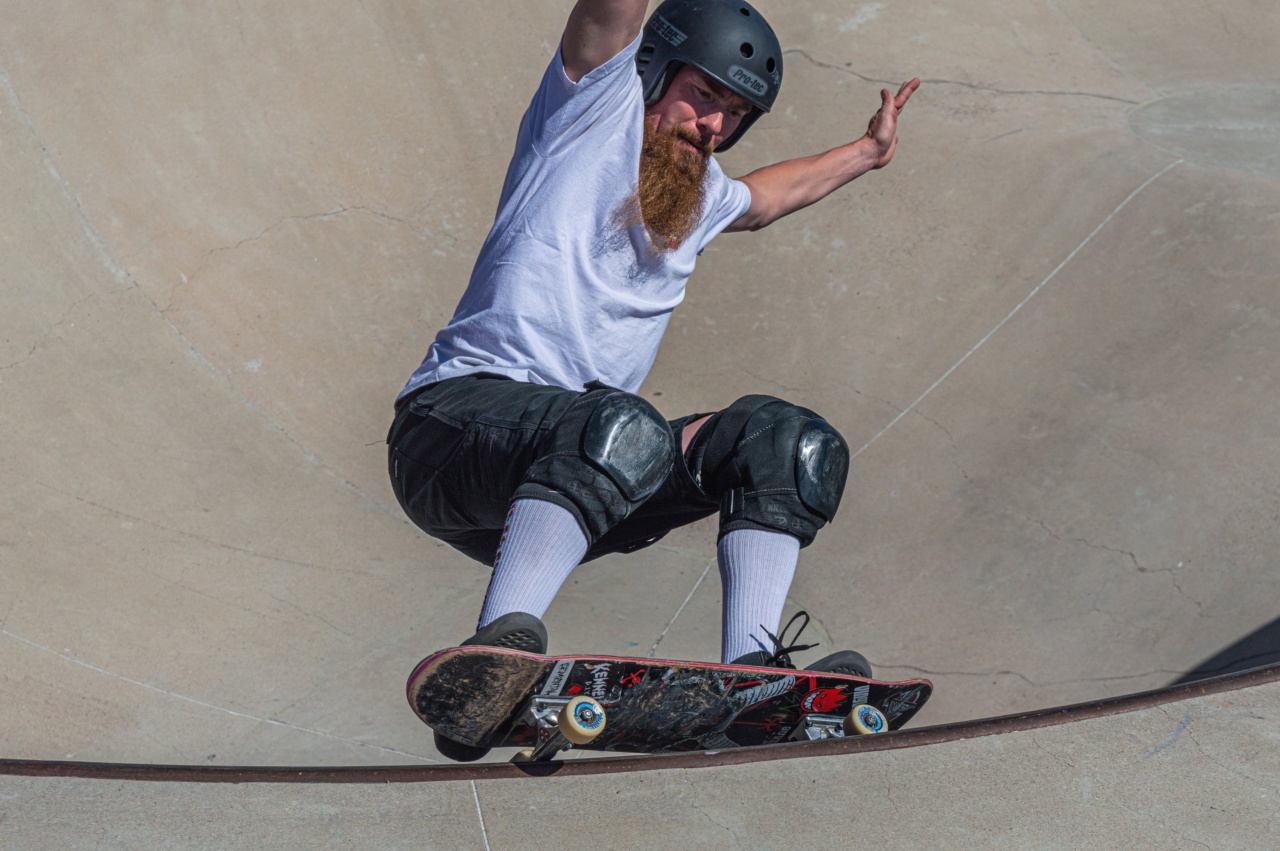Motion, in its various forms, has a profound influence on individuals of all ages. It is an inherent aspect of human existence, shaping our physical, mental, and emotional well-being.
Unbridled motion represents the freedom of movement without constraints, allowing individuals to explore and express themselves in a way that benefits their overall health and happiness. This article delves into the transformative power of motion and its positive effects on people of all ages.
The Physical Benefits of Movement
Regular physical activity brings a multitude of benefits to individuals of all ages.
From improved cardiovascular health and increased strength to enhanced flexibility and better coordination, motion is crucial for maintaining optimal physical well-being. Engaging in activities that involve motion, such as sports, dance, or even regular exercise, boosts overall fitness levels, reduces the risk of chronic diseases, and promotes longevity.
For children, motion plays a critical role in their physical development. From infancy, the simple act of crawling enables them to strengthen their muscles and gain control over their bodies.
As they grow older, various forms of play and physical activities further enhance their coordination, balance, and motor skills. This foundation of movement sets the stage for a healthy and active lifestyle throughout adulthood.
In adults and seniors, motion acts as a vital tool in preventing age-related decline, maintaining mobility, and promoting independence.
Regular exercise, even in the form of brisk walking or gentle yoga, enhances bone density, reduces the risk of falls, and assists in the management of chronic conditions such as arthritis and osteoporosis. Motion becomes the key to preserving physical function and overall vitality as individuals age.
The Psychological Impact of Movement
Motion has a profound impact on mental well-being as well. Engaging in physical activity releases endorphins, commonly known as “feel-good” hormones, which contribute to a more positive mood and reduced stress levels.
Regular movement has been linked to the prevention and management of mental health conditions such as depression and anxiety.
For children, motion is closely tied to cognitive development. Research indicates that physical activity improves attention span, memory, and problem-solving abilities.
By integrating movement into educational settings, such as incorporating physical breaks or incorporating active learning techniques, children can thrive academically while enjoying the benefits of motion.
In adults, motion serves as a powerful stress-reliever and mood enhancer.
Whether through intense workouts, mindful movement practices like yoga or tai chi, or even engaging in hobbies that involve physical activity, individuals can experience a significant reduction in anxiety and an improvement in overall mental well-being.
For seniors, the impact of motion on mental health is equally remarkable. Regular physical activity helps to stave off cognitive decline, including conditions like dementia and Alzheimer’s disease.
Moreover, it fosters social connections, boosts self-esteem, and provides a sense of purpose, all of which contribute to improved mental well-being during the golden years of life.
Emotional well-being and the Power of Motion
Motion has a profound influence on emotional well-being, offering individuals an outlet for self-expression, release, and personal growth.
Engaging in activities like dancing, running, painting, or any other form of expression through motion allows individuals to tap into their emotions, allowing for catharsis and healing.
Children often use motion as a means of self-expression, whether through imaginative play or engaging in the arts.
By freely moving their bodies and exploring various forms of creative expression, children develop a deeper sense of self-awareness, emotional intelligence, and empathy, helping them navigate the complexities of life more effectively.
In adolescence and adulthood, motion continues to serve as a vehicle for emotional release and personal growth.
Physical activities like martial arts, dance therapy, or even adrenaline-pumping sports provide individuals with an avenue to channel their emotions, manage stress, and build resilience. The sheer act of moving one’s body can serve as a cathartic experience, fostering a stronger connection between the mind and body, and promoting overall emotional well-being.
For seniors, motion can offer a renewed sense of purpose and fulfillment. Engaging in activities like gardening, gentle stretching, or participating in group fitness classes allows older individuals to experience a sense of vitality and accomplishment.
The emotional benefits gained from regular motion contribute to a higher quality of life, fostering a positive outlook during the later stages of life.
Motion for All Ages: The Importance of Inclusion
Unbridled motion holds immense potential for individuals of all ages and abilities. It is crucial to ensure that everyone has access to the benefits of motion, regardless of their physical or cognitive capabilities.
In an inclusive society, individuals with disabilities can participate in adapted sports or activities specifically designed to cater to their needs.
Children with special needs can benefit from motion therapy, such as physical or occupational therapy, to improve their motor skills, coordination, and overall physical well-being.
These interventions not only enhance physical abilities but also boost confidence, self-esteem, and social integration.
For older individuals, inclusive motion programs can provide opportunities to stay active and connected.
Senior-friendly fitness classes, outdoor walking groups, or seated exercise sessions enable individuals with mobility challenges to continue reaping the physical, mental, and emotional rewards of motion.
Conclusion
Unbridled motion has a transformative influence on individuals of all ages. Its impact extends beyond physical well-being, encompassing mental and emotional aspects of human existence.
From the early stages of life to the later years, motion offers countless benefits, including enhanced physical health, improved cognitive abilities, reduced stress, and heightened emotional well-being.
It is vital to acknowledge and facilitate the inclusion of everyone in the domain of motion, ensuring that no one is left behind.
By recognizing the power of motion and providing equal access to its benefits, we can create a world where individuals of all ages can freely experience the joys and rewards of unbridled movement.






























